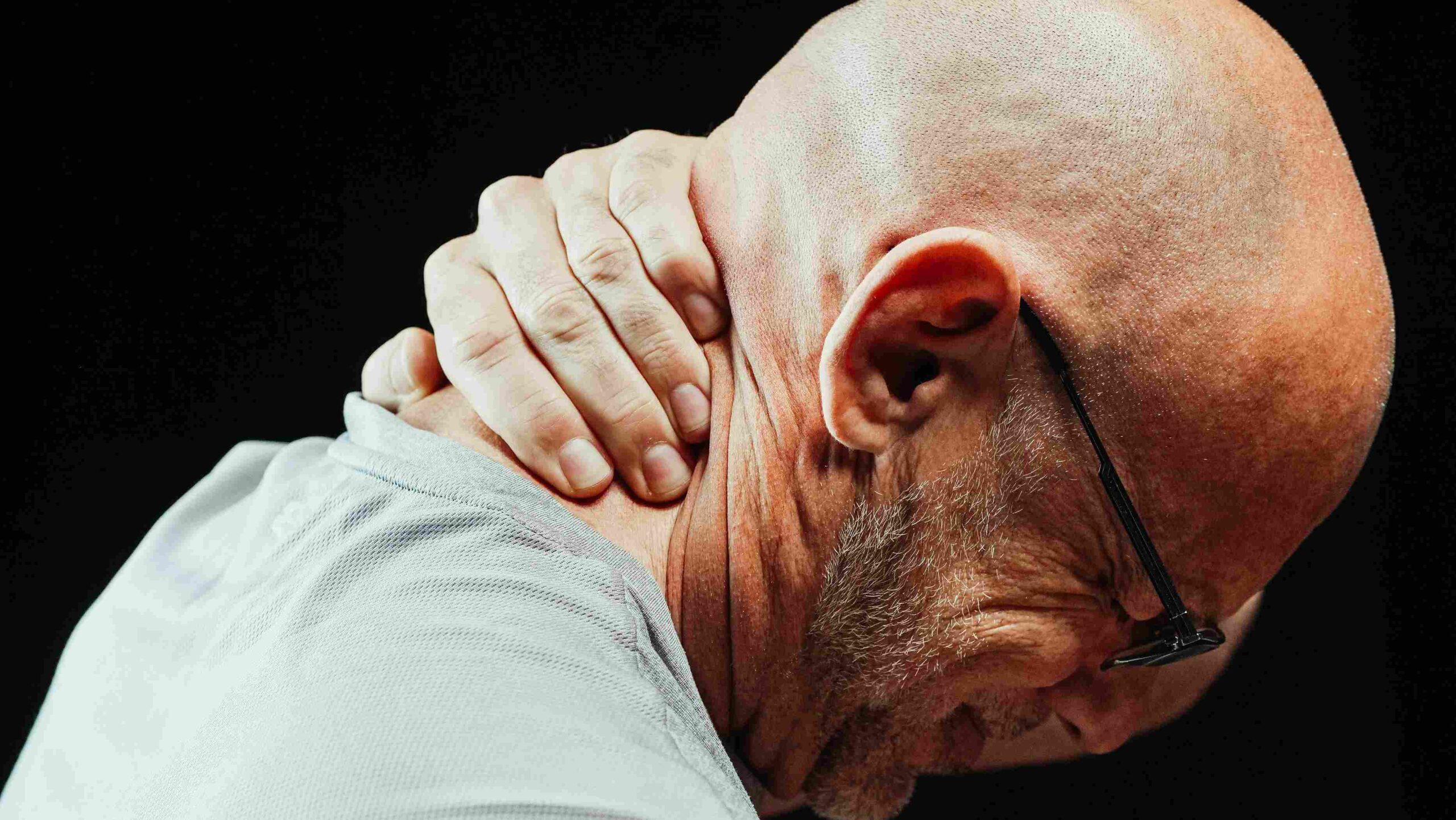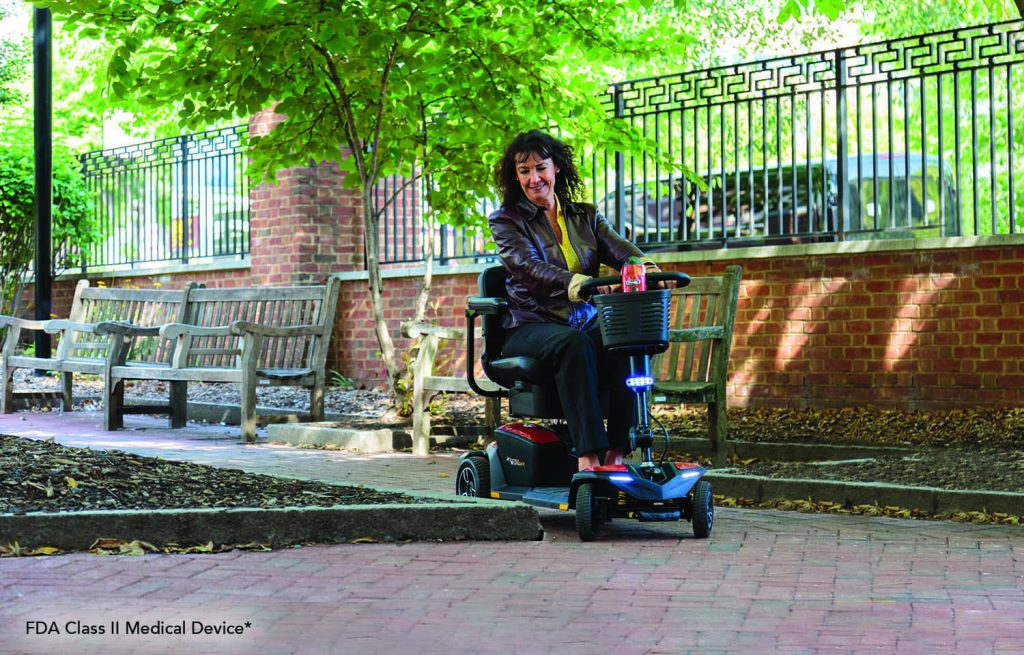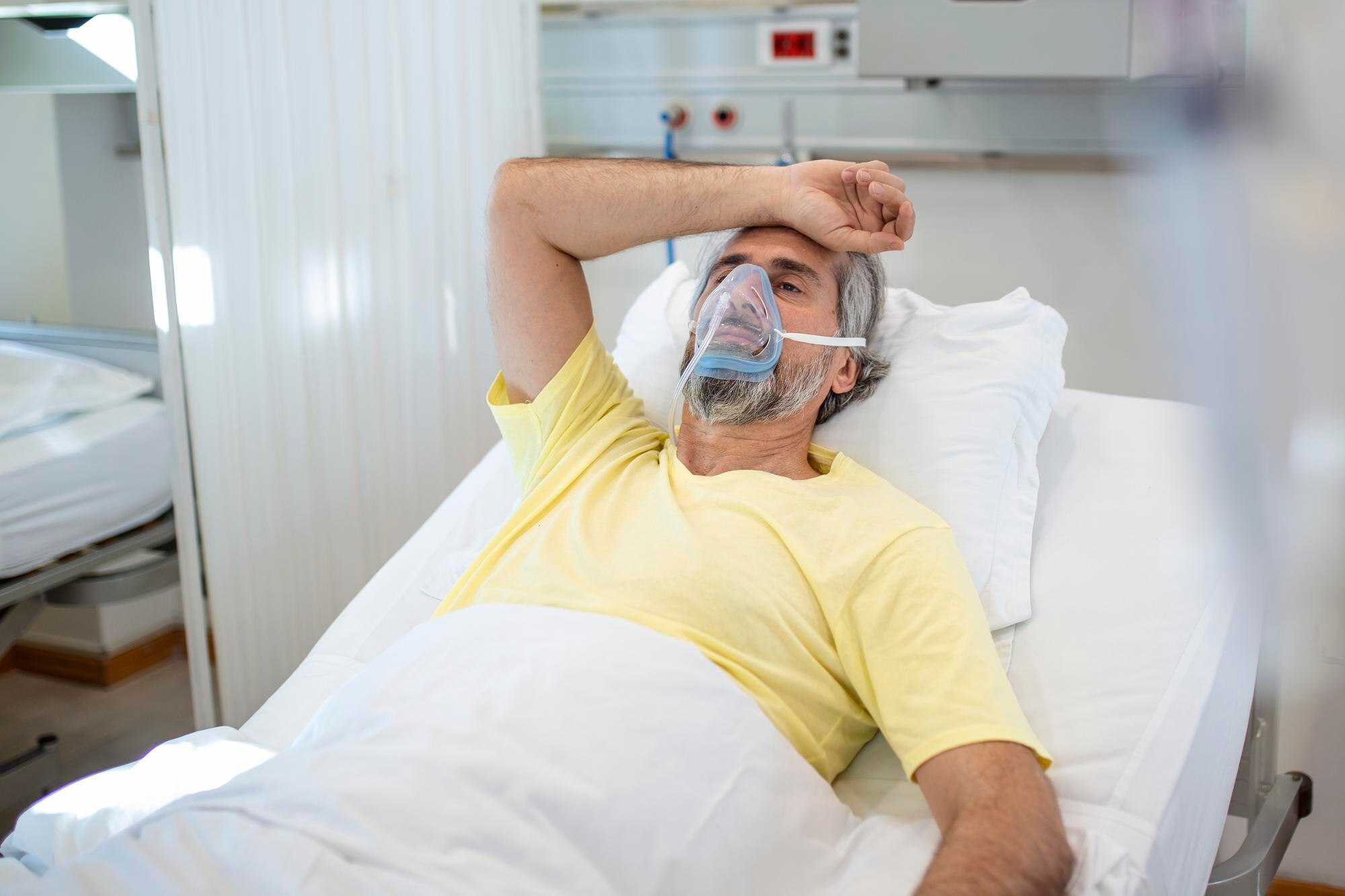Pressure injuries, also known as pressure ulcers or bedsores, are a significant healthcare challenge, particularly for patients with limited mobility or chronic conditions requiring prolonged bed rest. Pressure Injury Prevention is a top priority, and selecting the right support surface is a critical step in achieving this goal. Support surfaces are designed to redistribute pressure, manage skin microclimate, and reduce shear and friction—key factors in Pressure Injury Prevention and improved patient outcomes.
This article serves as a comprehensive guide to Pressure Injury Prevention, focusing on selecting appropriate support surfaces, risk assessment, and clinical considerations for tailored care. By prioritizing Pressure Injury Prevention, healthcare providers can significantly enhance patient comfort and reduce the risk of complications.
1. Understanding Pressure Injuries and Risk Factors
Pressure injuries occur when prolonged pressure on the skin and underlying tissues impairs blood flow, leading to tissue damage. Common sites include bony prominences such as the sacrum, heels, and hips.
Risk Factors for Pressure Injuries
- Immobility: Patients confined to a bed or wheelchair are at higher risk.
- Incontinence: Prolonged exposure to moisture weakens the skin barrier.
- Poor Nutrition: Malnourished patients have reduced skin integrity and delayed healing.
- Decreased Sensory Perception: Patients with neurological conditions may not feel discomfort, delaying repositioning.
- Chronic Conditions: Diabetes, vascular disease, and advanced age increase susceptibility.
Preventing pressure injuries involves proactive measures, including regular repositioning, maintaining skin integrity, and selecting the appropriate support surface.
2. The Role of Support Surfaces in Pressure Injury Prevention
Support surfaces help reduce the risk of pressure injuries by:
- Redistributing Pressure: Reducing pressure on high-risk areas.
- Managing Microclimate: Controlling heat and moisture levels on the skin surface.
- Minimizing Friction and Shear: Reducing skin movement against the bed.
Support surfaces range from basic static overlays to advanced dynamic systems, each suited to different risk levels and patient needs.
3. Categories of Support Surfaces
Category I: Static Support Surfaces
- Description: Non-powered surfaces such as foam, gel, or air overlays.
- Purpose: Provide pressure redistribution for patients at low to moderate risk of pressure injuries.
- Best For:
- Patients with intact skin at risk of developing Stage 1 injuries.
- Patients with partial mobility who can reposition themselves.
Examples:
- Foam mattresses
- Gel overlays
- Static air-filled cushions
Category II: Dynamic Support Surfaces
- Description: Powered surfaces, such as alternating pressure and low air loss systems, that actively redistribute pressure and manage microclimate.
- Purpose: Prevent and manage Stage 2 or higher pressure injuries.
- Best For:
- Patients with limited mobility or high moisture levels due to incontinence.
- Patients with early-stage pressure injuries requiring enhanced skin protection.
Examples:
- Alternating pressure mattresses
- Low air loss mattresses
Category II: Dynamic Support Surfaces
- Description: Powered surfaces, such as alternating pressure and low air loss systems, that actively redistribute pressure and manage microclimate.
- Purpose: Prevent and manage Stage 2 or higher pressure injuries.
- Best For:
- Patients with limited mobility or high moisture levels due to incontinence.
- Patients with early-stage pressure injuries requiring enhanced skin protection.
Examples:
- Alternating pressure mattresses
- Low air loss mattresses
4. How to Select the Appropriate Support Surface
Selecting the right support surface requires assessing the patient’s risk level, skin condition, and clinical needs. Follow these steps to ensure appropriate selection:
Step 1: Conduct a Risk Assessment
Use a validated tool like the Braden Scale or Norton Scale to evaluate risk factors such as:
- Sensory Perception: Ability to feel and respond to discomfort.
- Moisture: Skin exposure to sweat or incontinence.
- Activity Level: Ability to move independently.
- Mobility: Ability to reposition without assistance.
- Nutrition: Adequate protein and calorie intake.
- Friction and Shear: Skin movement against the bed surface.
Risk Scores:
- Low Risk: Consider Category I surfaces.
- Moderate to High Risk: Use Category II surfaces.
- Severe Risk: Recommend Category III surfaces.
Step 2: Evaluate the Patient’s Skin Condition
Assess for early signs of pressure injury, such as:
- Reddened areas that do not blanch when pressed.
- Warmth or tenderness over bony prominences.
- Open wounds or tissue damage.
Match the skin condition to the appropriate surface:
- Intact skin: Preventive surfaces (Category I).
- Stage 1–2 injuries: Dynamic surfaces (Category II).
- Stage 3–4 injuries: Advanced surfaces (Category III).
Step 3: Consider Mobility and Repositioning Needs
- Mobile Patients: Partially mobile patients may benefit from static overlays.
- Immobile Patients: Those unable to reposition themselves require dynamic surfaces to prevent prolonged pressure.
Step 4: Address Moisture and Microclimate
For patients with incontinence or excessive sweating:
- Low Air Loss Mattresses: Help maintain a dry environment by reducing moisture build-up.
Step 5: Factor in Duration of Use
- Short-Term Use: Preventive surfaces like foam overlays are cost-effective for short-term recovery.
- Long-Term Care: Patients with chronic conditions may require advanced dynamic systems for sustained care.
5. Clinical Examples of Support Surface Selection
Case 1: Low-Risk Patient
- Profile: A post-surgical patient with mild immobility but intact skin.
- Recommendation: Foam mattress or gel overlay (Category I).
Case 2: Moderate-Risk Patient
- Profile: A patient with limited mobility and early-stage pressure injury on the sacrum.
- Recommendation: Alternating pressure mattress (Category II).
Case 3: High-Risk Patient
- Profile: A bedridden patient with multiple Stage 3 ulcers and severe immobility.
- Recommendation: Air fluidized bed (Category III).
6. Documentation Requirements for Support Surface Prescription
Accurate documentation is critical for insurance approval and care planning. Include the following:
- Risk Assessment:
- Use tools like the Braden Scale to quantify risk.
- Document contributing factors (e.g., immobility, incontinence).
- Skin and Wound Assessments:
- Include wound location, stage, size, and surrounding skin condition.
- Medical Necessity:
- Clearly justify the need for the selected support surface based on risk level and wound care needs.
- Care Plan:
- Outline turning schedules, moisture management strategies, and nutritional interventions.
- Duration of Use:
- Indicate whether the surface is required for short-term or long-term care.
FAQs
1. What is the difference between static and dynamic support surfaces?
Static surfaces (e.g., foam overlays) are non-powered and suitable for low-risk patients, while dynamic surfaces (e.g., alternating pressure mattresses) are powered and redistribute pressure actively.
2. When should I consider an air fluidized bed?
Air fluidized beds are recommended for patients with severe, non-healing Stage 3 or 4 pressure injuries.
3. How often should patients on support surfaces be repositioned?
Repositioning every 2 hours is standard, even with advanced support surfaces.
4. Does Medicare cover support surfaces for prevention?
Medicare typically covers support surfaces for patients at moderate to high risk or with existing pressure injuries.
5. Can support surfaces replace turning schedules?
No, support surfaces complement but do not replace the need for regular repositioning and comprehensive care.
Conclusion: Enhancing Prevention Through Proper Surface Selection
Selecting the right support surface is integral to pressure injury prevention and improving patient outcomes. By aligning the patient’s risk level, mobility, and skin condition with the appropriate support surface, healthcare providers can reduce the incidence of pressure injuries and enhance overall comfort and care.
Effective use of support surfaces, combined with regular repositioning, moisture management, and proper nutrition, creates a holistic approach to preventing pressure injuries. Accurate documentation and adherence to clinical guidelines ensure that patients receive timely access to the most suitable equipment.






